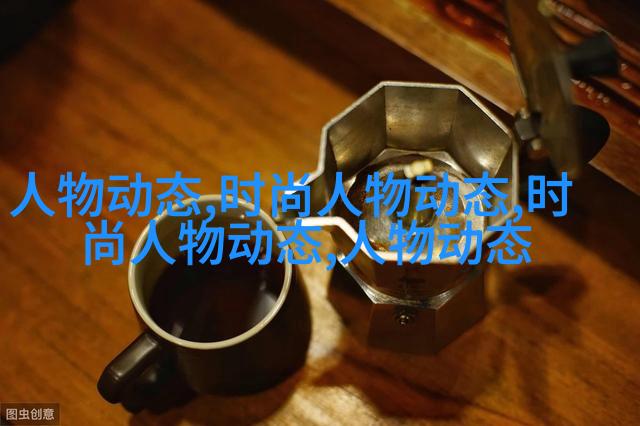浪琴名匠英文 - Mastering the Art of Watchmaking The Engl
Mastering the Art of Watchmaking: The English Legacy of Longines

The name "Longines" is synonymous with precision, elegance, and watchmaking expertise. Established in 1832 in Saint-Imier, Switzerland, this brand has been crafting timepieces that embody the perfect blend of Swiss excellence and English charm. In this article, we will delve into the rich history and heritage of Longines as a master watchmaker and explore how its connection to England has shaped its legacy.
From humble beginnings to global recognition

Longines was founded by Auguste Agassiz, a skilled craftsman who had learned his trade from his father. Initially producing pocket watches for local customers in Saint-Imier, Agassiz's innovative approach to horology quickly gained him recognition beyond Switzerland's borders. His son Charles-Henri took over the company in 1880 and expanded its operations further.
A chance encounter at an exhibition

In 1895, Charles-Henri met Frank Goyder at an international exhibition held in London. Goyder was impressed by Longines' craftsmanship and saw immense potential for collaboration between their companies. This meeting marked the beginning of a fruitful partnership that would last for decades.
The birthplace of aviation chronographs

Together with Goyder's company (later known as Smiths), Longines developed some groundbreaking innovations that changed the world of aviation timing forever – specifically, pilot's chronographs designed for recording flight times accurately during World War I.
These early collaborations were instrumental in establishing Longines as a reliable source for high-quality timepieces used by pilots across Europe during wartime. The success led to more opportunities within England itself; they partnered with notable British brands such as Rolls-Royce Motors Limited on various projects related to automotive innovation.

English influence on design aesthetics
As part of their partnership with British companies like Smiths or Rolls-Royce Motors Limited (RML), there emerged an interesting fusion between Swiss watchmaking techniques combined with classic English design elements—such as clean lines & minimalist style reflecting RML cars' sleek appearance—and elegant typography inspired by traditional British architecture.
This unique blend resulted in distinctive designs which became synonymous with sophistication while maintaining their functional purposefulness—a hallmark characteristic associated both worlds: Swiss precision & English refinement.
Conclusion - A Legacy That Transcends Time Zones
Today when one hears about "浪琴名匠英文" or simply put 'Longines Master Watchmakers', it evokes not only mastery but also centuries-long journey where two great nations collaborated together creating something truly remarkable—their shared legacy transcending boundaries through exquisite craftsmanship coupled perfectly harmonious union between technical prowess & timeless beauty resonating throughout generations worldwide—truly living testament to what can be achieved when cultures come together under common pursuit excellence!